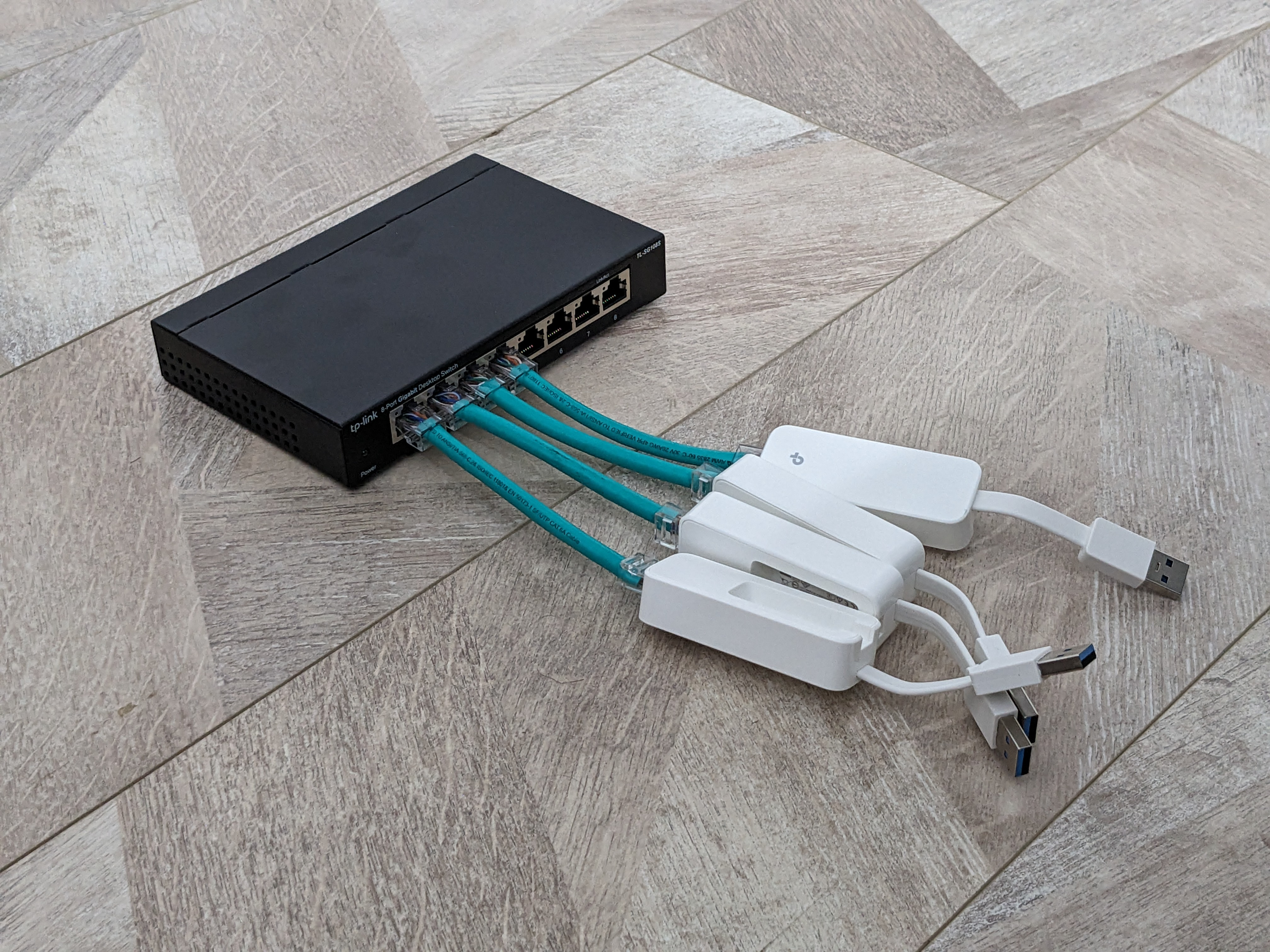Selfhosted
A place to share alternatives to popular online services that can be self-hosted without giving up privacy or locking you into a service you don't control.
Rules:
-
Be civil: we're here to support and learn from one another. Insults won't be tolerated. Flame wars are frowned upon.
-
No spam posting.
-
Posts have to be centered around self-hosting. There are other communities for discussing hardware or home computing. If it's not obvious why your post topic revolves around selfhosting, please include details to make it clear.
-
Don't duplicate the full text of your blog or github here. Just post the link for folks to click.
-
Submission headline should match the article title (don’t cherry-pick information from the title to fit your agenda).
-
No trolling.
Resources:
- awesome-selfhosted software
- awesome-sysadmin resources
- Self-Hosted Podcast from Jupiter Broadcasting
Any issues on the community? Report it using the report flag.
Questions? DM the mods!
view the rest of the comments

If you have a bunch of nodes, what do you need redundant NICs for? The other nodes should pick up the slack.
It's unlikely for the NIC or cable to suddenly go bad. If you only have one switch, you're not protected against its failure, either.
There are still tons of reasons to have redundant data paths down to the switch level.
At the enterprise level, we assume even the switch can fail. As an additional note, only some smart/managed switches (typically the ones with removable modules and cost in the five to six figures USD per chassis) can run a firmware upgrade without blocking networking traffic.
So from a failure case and switching during an upgrade procedure, you absolutely want two switches if that's your jam.
On my home system, I actually have four core switches: a Catalyst 3750X stack of two nodes for L3 and 1Gb/s switching, and then all my "fast stuff" is connected to a pair of ES-16-XG, each of which has a port channel of two 10G DACs back to to Catalyst stack, with one leg to each stack member.
To the point about NICs going bad - you're right its infrequent but can happen, especially with consumer hardware and not enterprise hardware. Also, at the 10G fiber level, though infrequent, you still see SFPs and DACs go bad at a higher rate than NICs